Avoiding Costly E-Commerce Pitfalls: Lessons from Failed Stores
The world of e-commerce offers endless opportunities — but for every online success story, there are dozens of stores that fail to take off. Many of these failures aren’t due to bad products or ideas, but rather avoidable mistakes in planning, execution, and customer experience.
Here’s what you can learn from failed e-commerce stores — and how to avoid making the same costly pitfalls.
⚠️ 1. Ignoring Market Research and Product Validation
One of the biggest e-commerce pitfalls is launching without proper market validation. Many entrepreneurs fall in love with an idea but fail to ask:
- Is there real demand for this product?
- Who is my target audience?
- How crowded is the competition?
Successful online stores spend time testing their concepts, analyzing keywords, and studying competitors before investing in inventory or ads.
💡 Lesson: Let data guide your decisions — not assumptions.
💸 2. Overspending on Ads Without a Clear Strategy
Many failed stores burn through their budgets quickly by running unfocused ad campaigns. Without clear targeting, tracking, or conversion optimization, even the best ads lead to low ROI.
Instead of chasing clicks, focus on:
- Crafting compelling ad creatives
- Testing multiple campaigns before scaling
- Building a sustainable organic traffic strategy through SEO and social media
💡 Lesson: Paid ads should amplify a solid business model — not replace it.
🧭 3. Poor User Experience (UX) and Site Navigation
An e-commerce website should be fast, intuitive, and mobile-friendly. Many failed stores overlook UX, causing users to leave before making a purchase.
Common UX mistakes include:
- Slow loading times
- Complicated checkout processes
- Lack of trust signals (reviews, security badges, or clear policies)
💡 Lesson: Make it easy for customers to trust and buy — not struggle and leave.
📦 4. Neglecting Fulfillment and Customer Service
Even if sales are strong, poor logistics or support can destroy a store’s reputation. Late deliveries, inaccurate tracking, and unresponsive service are surefire ways to lose repeat buyers.
Successful stores invest in reliable fulfillment partners and customer support tools. They understand that post-purchase experience is just as important as the sale itself.
💡 Lesson: Customer loyalty begins after checkout.
📊 5. Failing to Track Metrics and Adapt
E-commerce success depends on data-driven decision-making. Failed stores often skip tracking essential KPIs like:
- Conversion rate
- Cart abandonment
- Customer lifetime value (CLV)
- Return on ad spend (ROAS)
Without this data, businesses fly blind — unable to pivot when problems arise.
💡 Lesson: Measure everything. Optimize often. Adapt quickly.
🌍 6. Ignoring Brand Identity and Storytelling
Shoppers today want authentic brands, not faceless stores. Many e-commerce failures stem from weak branding — no clear message, inconsistent visuals, and forgettable experiences.
A strong brand tells a story that connects emotionally with customers. From packaging to social media, your brand identity should reflect trust, purpose, and personality.
💡 Lesson: People buy stories before they buy products.
🧠 Conclusion: Failure Is the Best Teacher
Every failed store offers lessons in what not to do. By studying these e-commerce pitfalls, you can build a business that lasts — one rooted in research, trust, and adaptability.
Remember: in the fast-moving online marketplace, learning faster than your competitors is your greatest advantage.
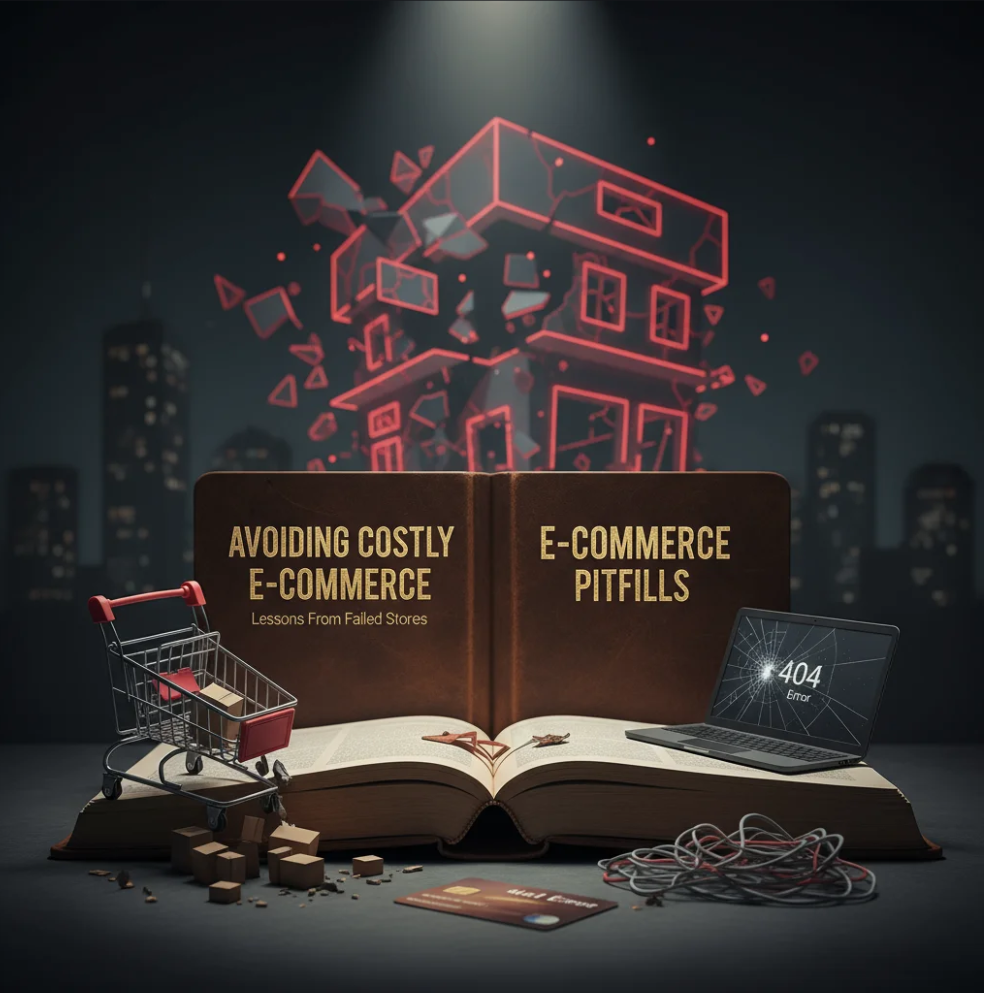
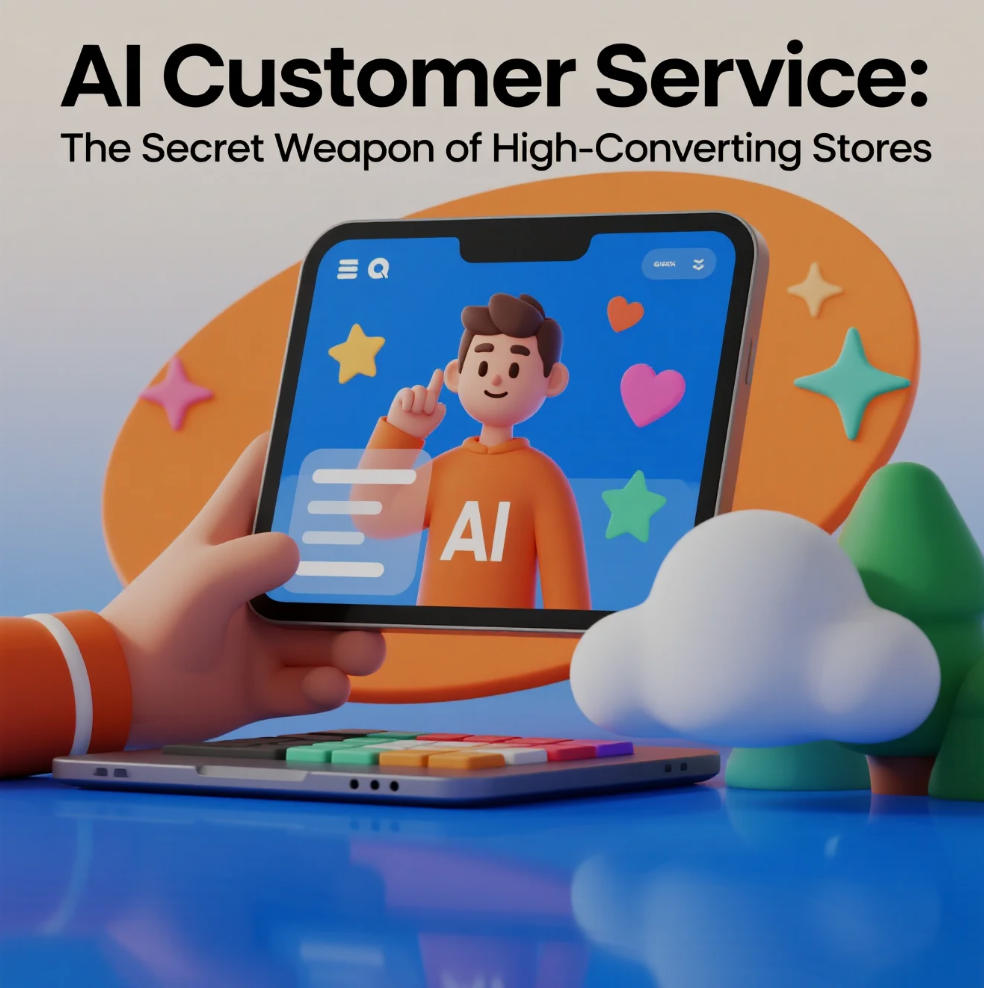

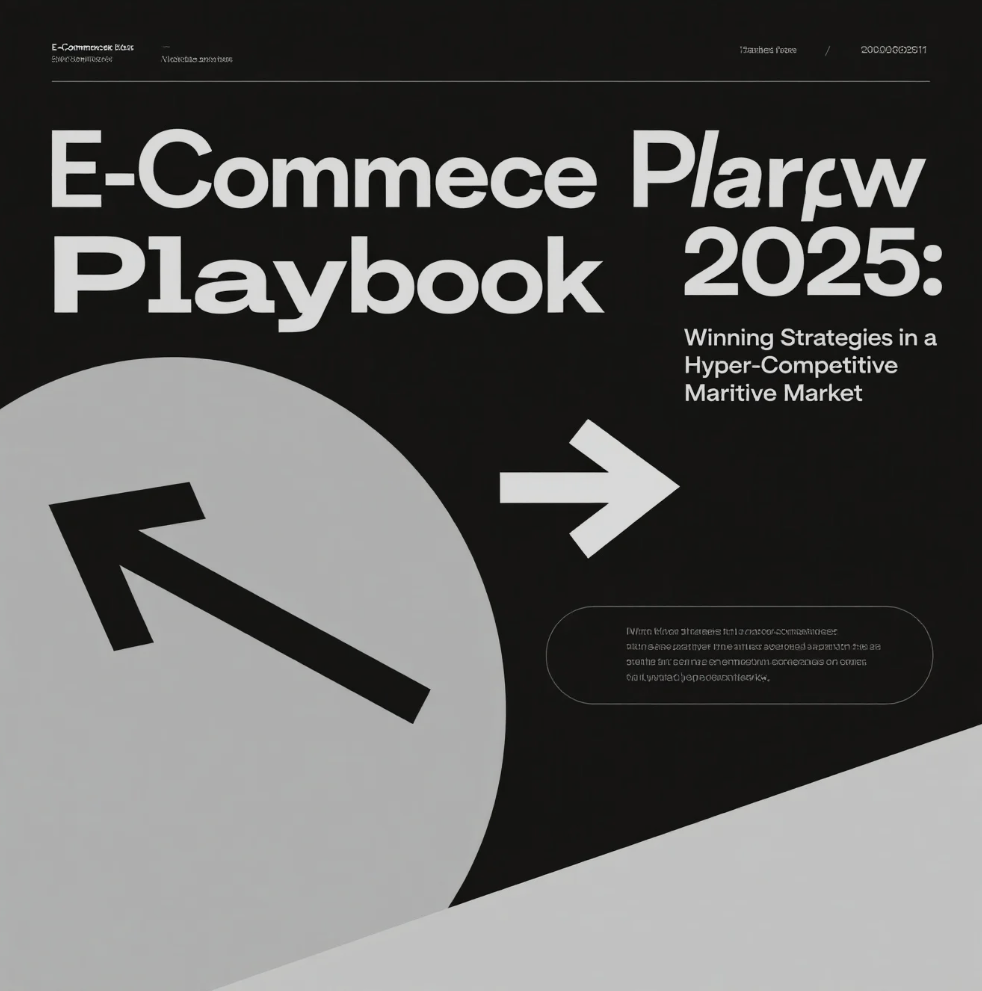
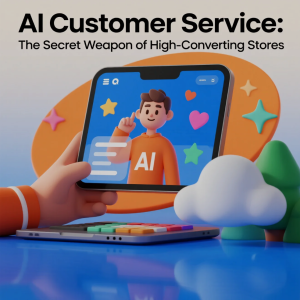

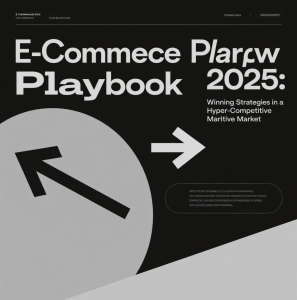


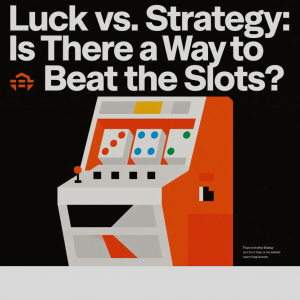



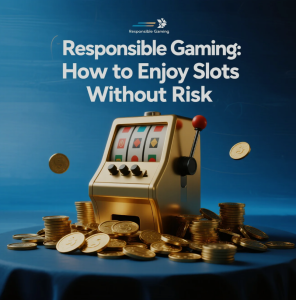
Post Comment